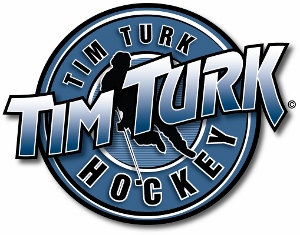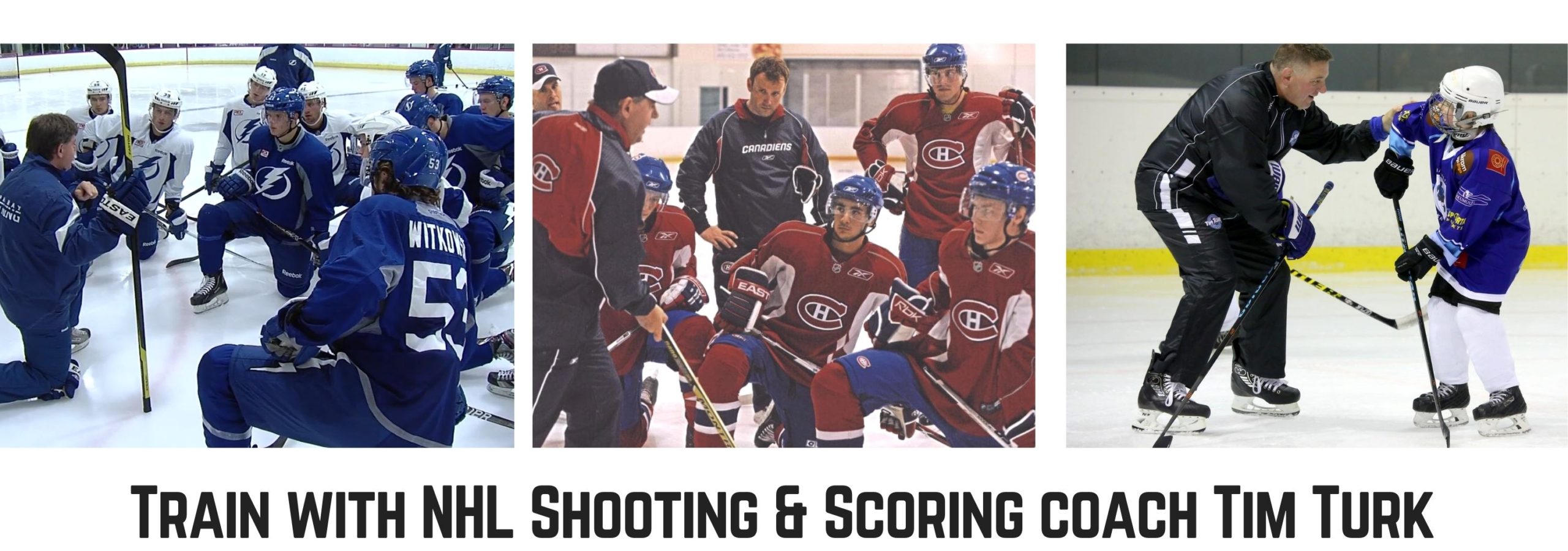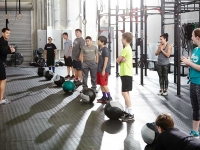Hockey is a sport that’s always evolving.
Hockey players are constantly skating faster and shooting harder—they’re always pushing the boundary of human physical limits. Even minor hockey teams of all ages in 2020 are vastly outperforming the same age groups from decades in the past. The average peewee player today can skate circles around a peewee player from 1980.
One of the main reasons that hockey players keep improving is the constant creation and evolution of hockey gear. Over the last century, players have gone from wearing nothing but skates, gloves, and a thick sweater to wearing top-notch lightweight safety gear from head to toe. Each year, hockey companies scramble to produce the newest revolutionary equipment—from lightweight pads to synthetic-ice treadmills.
The technological capabilities in 2020 are astounding, which allows hockey companies to invent incredible and efficient hockey equipment, training gear, and tracking software.
Let’s take a look at some of the newest developments in the sport, at this point in time!
Newest Hockey Gear
Warrior’s Alpha DX Glove
Released in July 2019, the Alpha DX offers some of the best protection of any glove, while still allowing players their full range of hand-motion. Moreover, the glove is very lightweight and looks very stylish.
CCM’s RibCor 80K Skate
Released in June 2019, the RibCor 80K uses an extra-stiff yet lightweight carbon composite outsole that maximizes energy transfer while skating. Although the outsole is stiff, the skate offers one of the most flexible and comfortable fits on the market.
CCM’s Super Tacks AS2 Pro Stick
Released in September 2019, CCM’s latest hockey stick in the Tacks line is designed to benefit the strongest, most powerful shooters. The stick is surprisingly lightweight and features CCM’s stiffest blade for the best feel and shot control. It also has a soft midsection for maximum energy storage, allowing for a limit-breaking powerful shot.
Bauer’s RE-AKT 150 Helmet
Released in July 2019, the RE-AKT 150 offers incredible levels of comfort and adjustment. The helmet features three different types of protective foam in a layered pattern that help protect against all different types of impacts. It also allows for up to 18mm of width adjustment, making it a safe and reliable option for hockey players of all shapes and sizes.
Bauer’s Nexus ADV Stick
Released in January 2020, the Nexus ADV uses SlingTech blade technology—that is, there is a long, thin horizontal hole in the blade. The upper portion of the blade is rigid while the lower portion is flexible, combining to create a powerful “slingshot” effect when releasing the puck. The stick is also super lightweight, weighing only 365g.
Sense Arena VR Training Technology
Sense Arena was launched in late 2017, and it takes the new technological development of Virtual Reality (VR) and uses it as a tool that hockey players can use to train on-ice skills from anywhere. The product uses a VR headset and a sensor that’s placed on your stick to create a virtual space that simulates a real hockey arena.
Sense Arena can be used with skates on real or fake ice, or it can be used without skates on any surface that can withstand being scratched by a hockey stick. So, you can pretty much use it anywhere other than on your mom’s new hardwood floor.
Sense Arena offers a ton of pre-programmed drills that improve reaction time, anticipation, multitasking, stickhandling, shooting, passing, and much more. The technology also offers diagnostic testing for personalized training. The software compares your performance to a database of other players to highlight your strengths and weaknesses. It also offers injury diagnostics that facilitate proper healing and injury management.
Visit www.sensearena.com to find out more.
NHL Puck and Player Tracking Software
One of the most noteworthy new developments in hockey technology is the NHL’s new Puck and Player Tracking system.
The system will be able to precisely track the movement of the puck and all players involved in NHL games. This will make numerous new hockey statistics available to the public and professionals alike. The system has already been installed in almost all 31 NHL arenas.
Unfortunately, with the postponement of the 2020-21 NHL season, we haven’t yet gotten to see the software in-use. But, once hockey picks back up again, the Puck and Player Tracking technology will revolutionize the way we all watch the sport.
The system uses between 14 and 16 antennae placed in the arena rafters, cameras placed around the arena, and trackers placed in the shoulder pads of each player and the puck, itself.
The Puck and Player Tracking system will be able to calculate player speed, both periodic (skating 18mph on a breakaway) and average (skating an average of 14mph over the entire game). It will also be able to track player acceleration, shot speed, total distance skated, precise ice time, movement efficiency, and more.
The software will give hockey fans more information as they watch NHL games. They’ll have a more precise idea about who’s really pulling the weight in games based on ice time, shot speed, and movement efficiency. This will allow fans to make better decisions when sports-betting or when drafting teams for their fantasy league.
The software will also be useful for hockey franchises and professionals because it will allow for more useful data analysis. Franchises will be able to accurately pinpoint the strengths and weaknesses of each player on their team and each potential player they want to draft. NHL teams will also be able to use the Puck and Player Tracking data to create revolutionary hockey strategies. For example, we’ll now know exactly how tired players get toward the end of games by comparing their periodic speed to their average speed. As a result, we might see some more unusual player lineups, or we might see the length of shifts shorten from around 45 seconds to around 40 seconds or less.
As you can see, hockey gear is only getting stronger, lighter, and more durable. Technology is becoming more and more intertwined with hockey training and development, allowing players to skate faster, shoot harder, and analyze exactly where they need to improve.
The improvements in hockey technology over the last 100 years are already breathtaking, so the developments over the next 100 years are sure to be far beyond what anyone would expect. Soon enough, the gear might feel weightless. Perhaps all NHL games will take place virtually, so the players never have to leave their living rooms.
Or, maybe that’s a bit ridiculous.
Hockey tech compares are always striving to make the game more efficient, but there’s something wonderful about feeling the weight of the skates on your feet and the helmet on your head, and playing shinny with your friends on the local pond.
Introducing new hockey technology is all about providing freshness and efficiency while keeping the signature look and feel of the sport. There’s something exciting and comforting about playing hockey the good old-fashioned way that, no matter how much new technology gets introduced, the fans and players will always love.






